
It is quite apparent in taking a stroll around the 8th National Exhibition (NE8) that there are a number of works by women, for a start, but also that many of these works by women deal with just that, with womanhood. These works are explicitly centered on the feminist canon of tackling the issue of women’s rights, or more subtly trying to turn our eyes to other aspects of femininity. Take, for example, the work of Averia Wright and her nuanced reinterpretations of our straw-work culture and the feminine, or the collaborative effort of Joann Behagg and Jackie Pinder with their clay tower of faces and chains confronting basic human rights for women and girls.
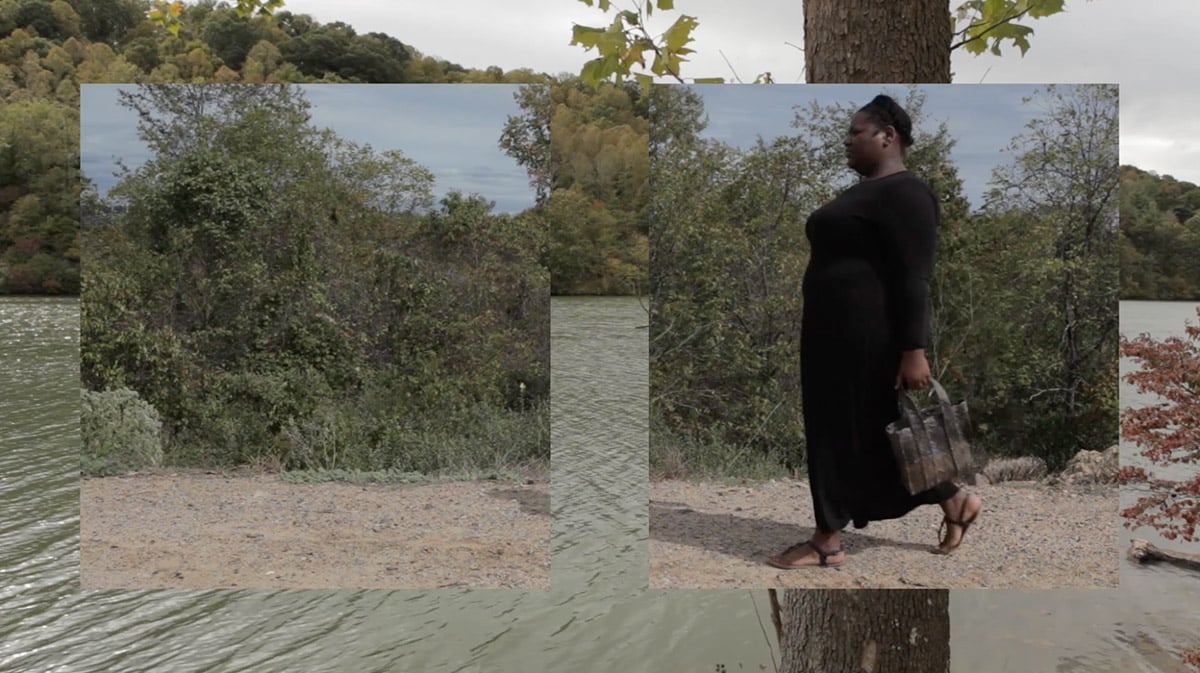
Still from Averia Wright’s video work, ‘Tropes of Caribbean Identity’ (2016).
This isn’t surprising, of course, given that while the open call for this NE didn’t have a set theme (unlike the past 3 calls), 2016 was so wrought with negativity: towards women, toward people of colour, towards anyone capable of having their existence or way of life targeted, that certain themes naturally emerged. There is much to grapple with and to unpack as women here, and that covers rather a lot of ground: women of colour, queer women, lesser-able bodied women. There is so much to think through in trying to find ways to establish autonomy, to have it recognized, to have it accepted, to be able to find a way to navigate in the world when it often seems we have more than one stack of odds set us against us. Something as simple as ‘allowing’ people the basic right to work to sustain themselves is a start.
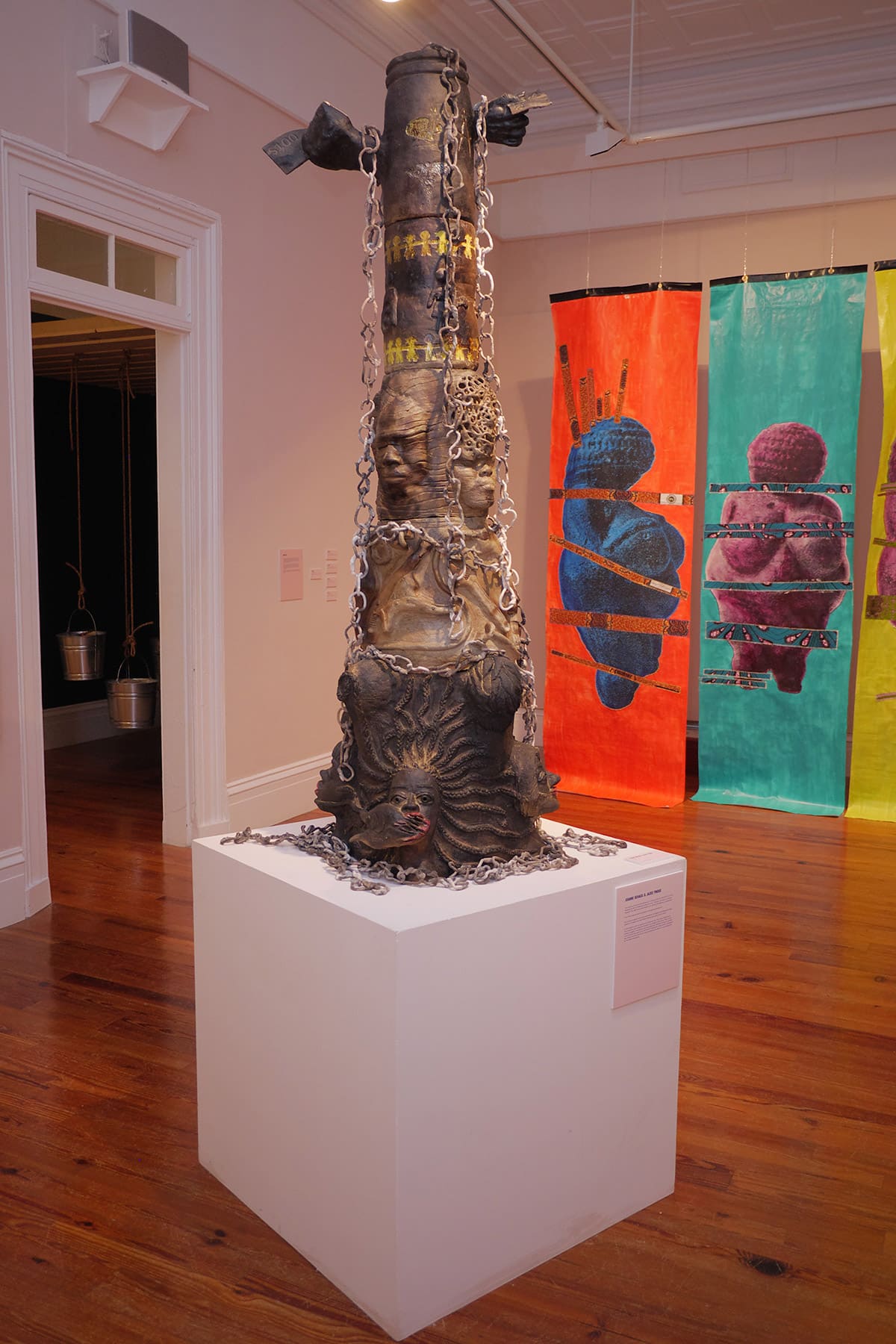
Installation shot of ‘Equality?’ (2016) by Joann Behagg and Jackie Pinder.
The notion of working women is one that often makes us feel empowered, and is so very often seen as a symbol of feminism and the advancement of women. This week, March 8th marked International Women’s Day. For many, it is a day that marks a celebration of women and work, and particularly women working outside of domesticity, women working in the field. The ‘International Working Women’s Day’, as it was originally known, was first celebrated on February 28th, 1909 following a strike the previous year. Women of the International Ladies Garment Workers’ Union, primarily immigrants, marched in New York to demand better treatment, and to demand justice in regards to their social and civil rights. Not unlike the image of Rosie the Riveter, the post-WWII icon of women and strength, the day was founded on the idea of women working outside the home and finding a sense of strength, autonomy, and purpose.
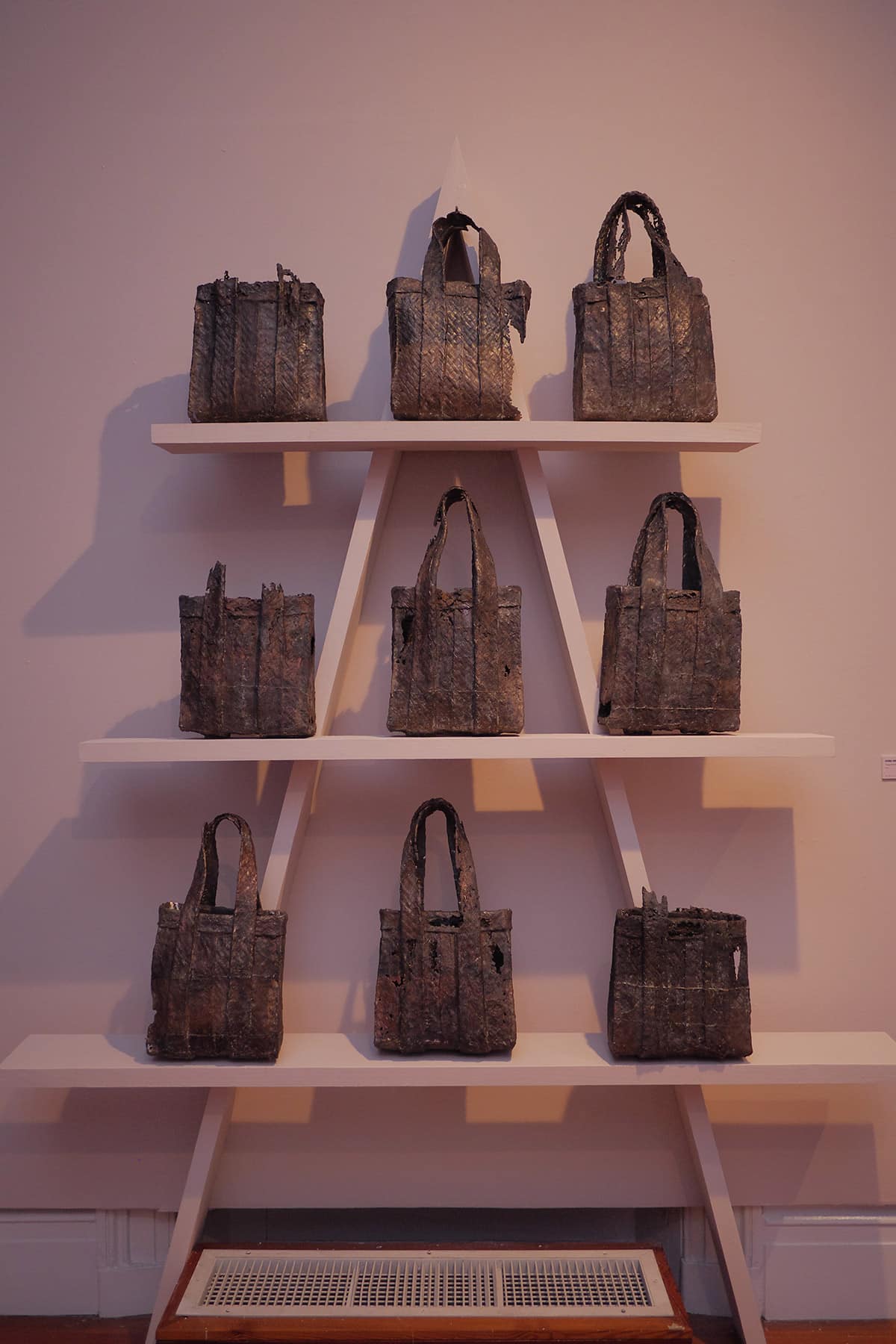
Installation shot of ‘Tourism Perfection 1-9’ (2016) by Averia Wright.
This is, however, a very problematic day and a very problematic image. Though the original International Women’s Day was held on a Sunday, expressly to allow women who otherwise might not be able to attend because of, of course, attending work, the most recent celebration which coincided with the ‘A Day Without Women’. The ‘Day Without Women’ was intended to be a day where women forego all work – in their jobs and their home lives – but instead, to many, it became a situation for those with the privilege to march to be seen and exclusive of those who might not have the chance to sacrifice. Some simply cannot afford to not show up to work, and more often than not these are people who are marginalised in some other way, be it class or creed or colour. Further, the idea of women working being a hallmark of the advancement of women in itself is difficult – black women have been working both inside and outside the home for our entire lives, but these are not stories that get told quite as they should or quite as often.
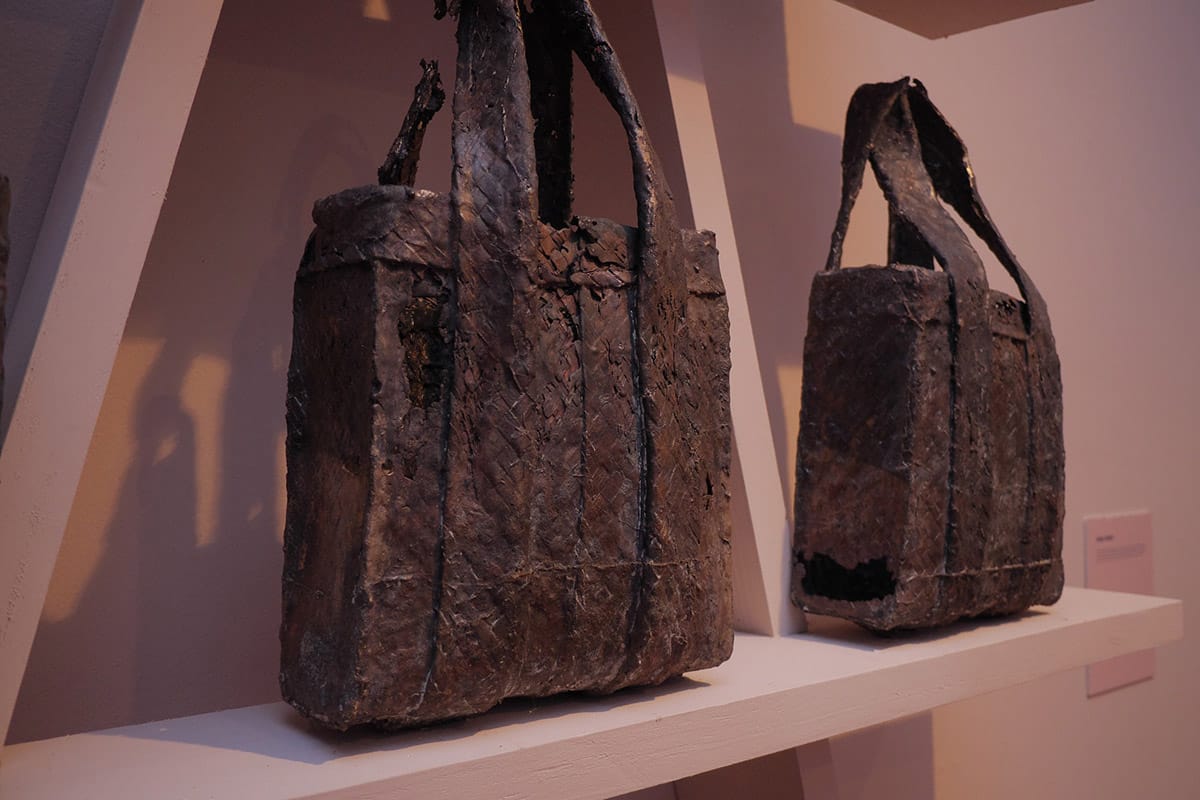
Close up of ‘Tourism Perfection 1-9’ (2016) by Averia Wright featuring straw bags cast in bronze.
This is why the work in the NE8 is so important, to give a vast range of expression from people who might be put down or put aside in more than one way. Sometimes people don’t just struggle because they’re a woman, sometimes it’s also because they’re a person of colour, or queer, or of a particular religion. To express support for our sisters and brothers who might experience oppression on more than one front is to be intersectional in your feminism. It means that you accept and want to help those who might struggle in a way that is entirely different to your personal struggle, and to want to offer yourself as an ally. This isn’t a new concept in truth, and has in some form or another been present even since the days of the abolitionist movement. When enslaved Africans and their allies were fighting to end the practice of slavery, there was also acknowledgement that liberation and empowerment should not just be given across race, but also across gender, as Soujourner Truth campaigned for the rights of blacks and women both.
“And ain’t I a woman? Look at me! Look at my arm! I have ploughed and planted, and gathered into barns, and no man could head me! And ain’t I a woman? I could work as much and eat as much as a man – when I could get it – and bear the lash as well! And ain’t I a woman? I have borne thirteen children, and seen most all sold off to slavery, and when I cried out with my mother’s grief, none but Jesus heard me! And ain’t I a woman?”

Close up of the towering clay sculpture ‘Equality?’ (2016) by Joann Behagg and Jackie Pinder.
Truth’s cry of validation and recognition rings true in its own way in the work made by black women today – whether it deals with the matter of black womanhood directly or not. We can see it as Wright walks confidently across the screen through her video work, “Tropes of Caribbean Identity” (2016). She carries a straw-work bag cast from bronze, weighing at least thirty pounds. The bag is entirely absurd, a useless to carry around. In many ways, we can see this as the emotional labour women so often have to bear, and particularly that black women must bear. Too many of us know that we are – willingly or otherwise – the confidants of friends and strangers alike, but who do we have to listen to us? This is merely another form of work that we undertake as women that so often goes unrewarded or taken for granted.
Given that her mother runs a stall on the straw market, it’s easy to see how this might influence her work outside of the obvious aesthetic. Straw work here seems to be simultaneously a symbol of pride and Bahamianness here, as well as a dying art in many ways as younger generations forego the practice – it isn’t the most lucrative, and more often than not the weavers are women. As Wright walks amongst these foreign lands in her video work, the idea of trying to navigate history and identity is very much felt.
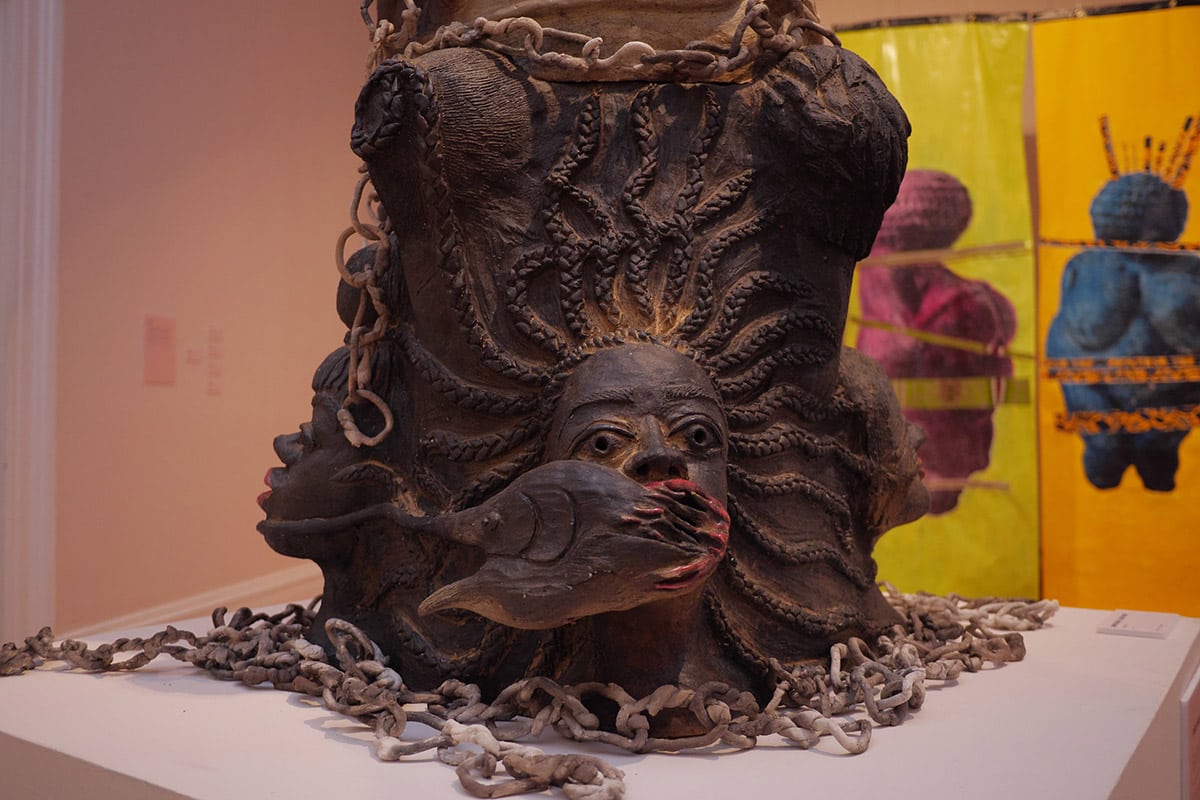
View of foundation of ‘Equality?’ (2016) by Joann Behagg and Jackie Pinder, a clay sculpture dealing with the 2002 and 2016 referendums for equality.
Or we can look to Behagg and Pinder’s clay tower, ‘Equality?’ that makes a towering statement around the rejection and failure of the past two referendums for equality in The Bahamas. They aim to give voice to the women in The Bahamas and the Bahamian diaspora who feel disillusioned with their place and value in our society. They address the fear-mongering around the referendums, the resistance to change, by stacking different layers of the traditional roles of the sexes in an almost totem-pole structure that also seems to act as a hierarchy in some ways, or a timeline. Women are the bottom layer of this pole, but they are also the foundation – mothers, caregivers, housekeepers, professionals – though equal pay and treatment are still denied us.
As women of all walks of life have always been tied to labour, it’s long time the hard work no longer goes unnoticed. Women of colour, queer women, lesser-abled women alike, ‘An we is woman too?’.